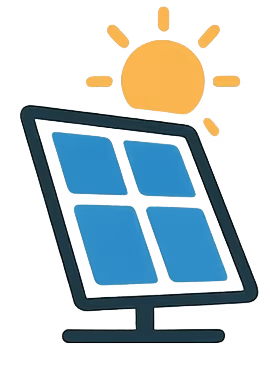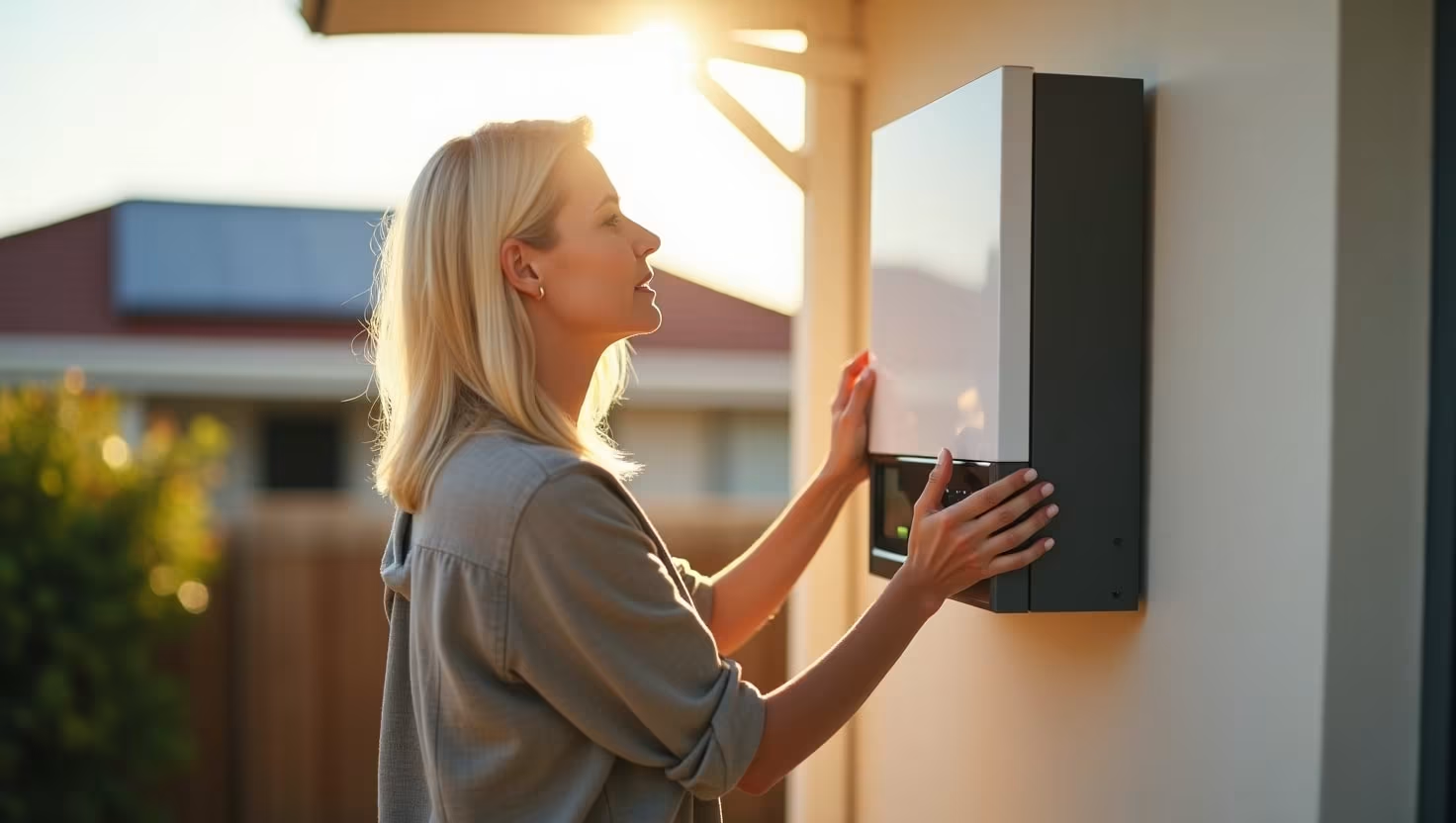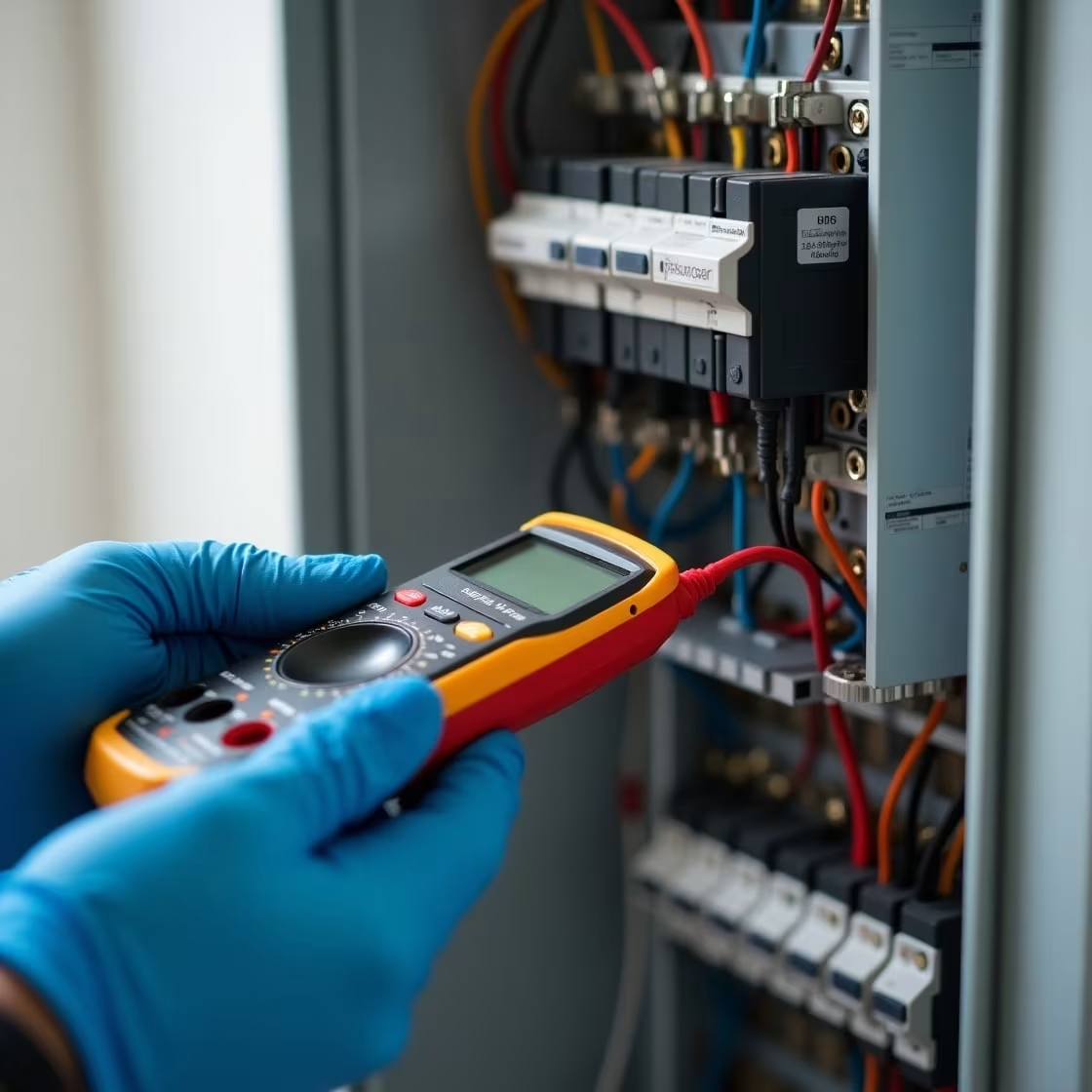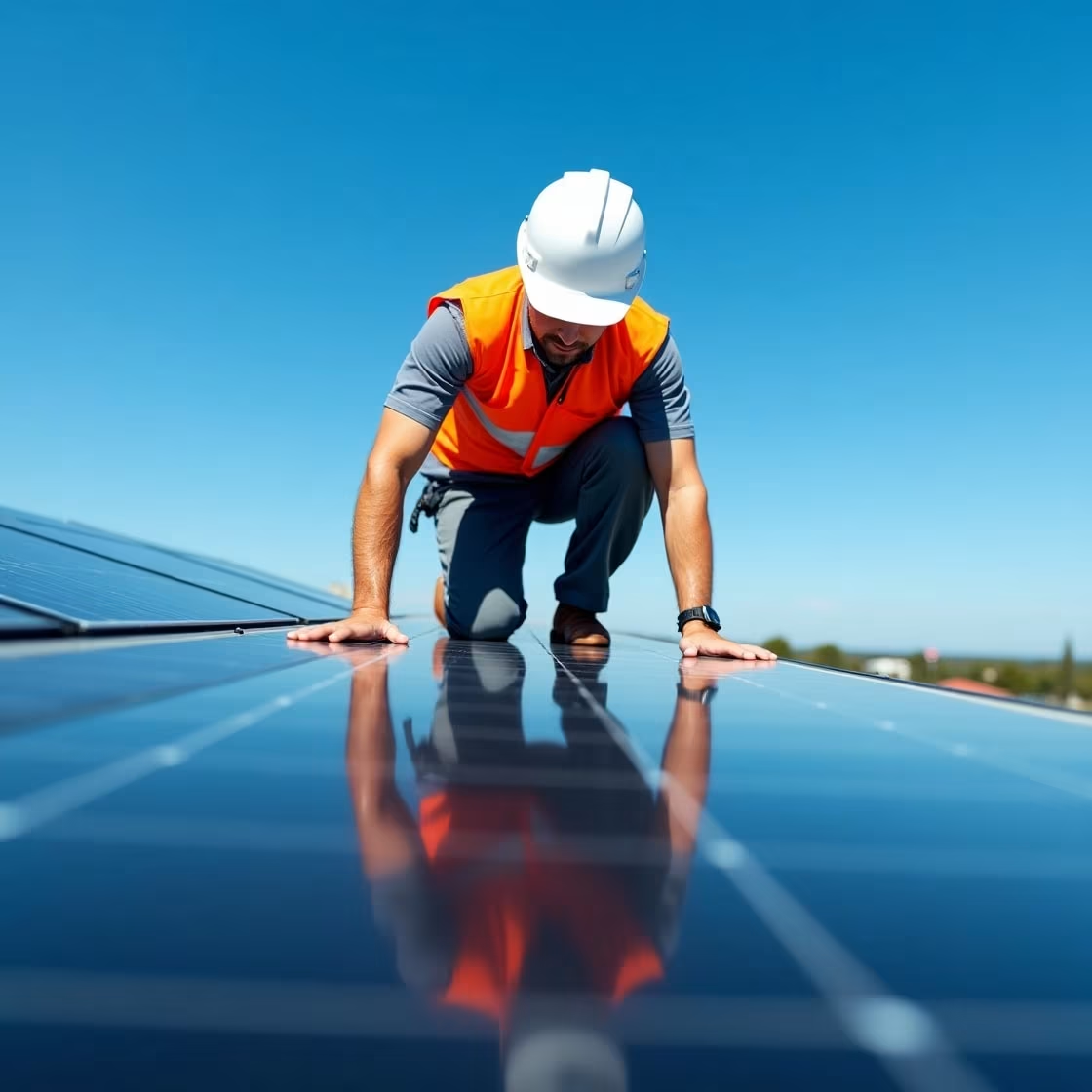It’s On the Roof — But Is It Working?
Rooftop solar is set-and-forget, right? Not quite.
While most solar systems run smoothly for years, they’re not immune to faults. From faulty inverters to tripped switches, issues can happen — and if left unchecked, they could cost you hundreds in missed savings.
Here’s how to quickly check whether your solar system is working properly, using tools you already have at home: your inverter screen, power bill, and sometimes, your retailer’s energy app.
Let’s walk through each step — and explain what to do if something’s wrong.
* If your system isn’t performing, a health check from a certified installer could save you heaps in the long run.
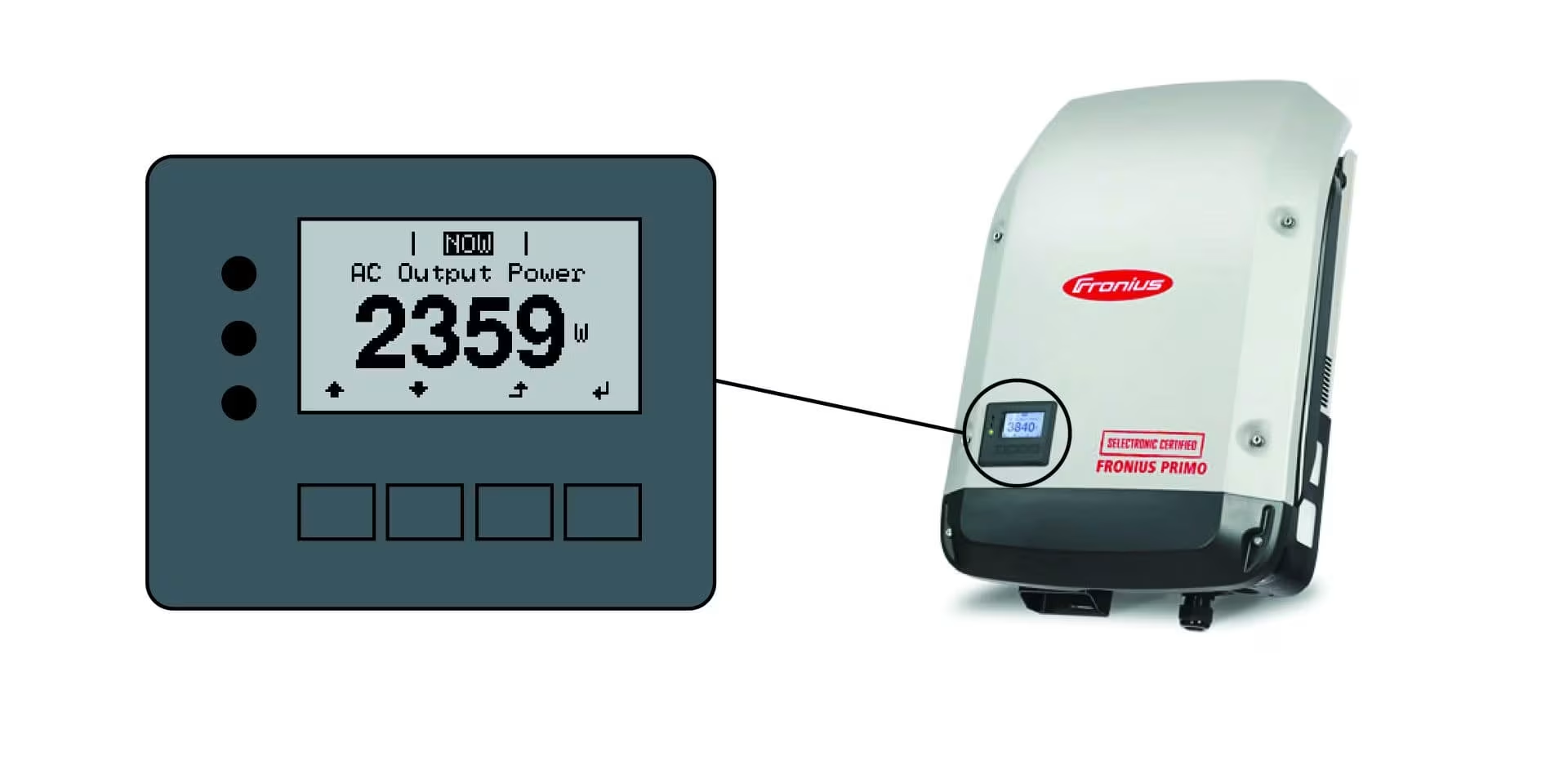
* Check the built in display on your solar inverter
Step 1: Check the Inverter Display
Your solar inverter is the brain of the system. It should show real-time production (in watts or kilowatts), and sometimes total energy generated that day.
What to look for:
A green light or “Normal” status (working)
A live power reading — e.g. 3.2 kW during sunny midday
Daily energy — e.g. 18.5 kWh today
Warning signs:
Red light, flashing LEDs, or “Fault/Error” messages
Zero power output in the middle of the day
Blank screen or display not turning on
Tip: If you see a fault code, take a photo and check your inverter brand’s manual or support site.
Step 2: Compare Your Power Bill
Your energy bill is often the first clue something’s off. If your solar is underperforming, you’ll see higher grid usage and lower feed-in credits than usual.
What to check:
Your daily grid usage (kWh/day)
Your feed-in tariff credit amount
Look for big changes vs previous bills in the same season
Example:
If you normally export 200 kWh and earn $20 in FiT credits, but now you see only $4, it could mean your system isn’t generating properly.
🔗 Read our guide: How to Read Your Power Bill (and Spot Solar Savings)
Step 3: Monitor With an App (If Available)
Many modern systems come with app monitoring — either from the inverter manufacturer or your energy retailer.
Popular options:
Fronius Solar.web
Sungrow iSolarCloud
Enphase Enlighten
Your retailer’s smart meter app
Apps show live generation, daily history, and alerts if something is wrong. They’re a great tool to spot subtle drops in performance.
Step 4: Basic Physical Inspection
You don’t need to climb on the roof — but from ground level, look for:
Tripped breakers or safety switches
Panels blocked by shade, leaves or bird droppings
Damaged cabling or loose conduit
Red indicator lights near your meter
If your switchboard has a solar breaker, make sure it hasn’t tripped to OFF.
Common Solar Faults and What to Do
No output during sun hours
Likely Cause: Tripped breaker or inverter fault
What to Do: Reset inverter or call your installer
Red light on inverter
Likely Cause: Internal fault
What to Do: Note the error code, contact support
Sudden drop in FiT credit
Likely Cause: System underperforming or faulted
What to Do: Check usage and inverter, log with provider
Zero daily energy on app
Likely Cause: Communication issue or system off
What to Do: Reboot or call installer
When to Call Your Solar Installer
You should call your installer if:
The inverter shows red/fault status
The system has produced zero energy for 2+ days
You notice physical damage or exposed cabling
You can’t access app data or reset faults
If the installer has gone out of business, contact the inverter manufacturer — most inverters have 5–10 year warranties and offer direct support.
Need a Professional Solar Health Check?
If your system is older or you’re unsure of its performance, consider booking a solar health check — some providers offer:
Inverter diagnostics
Panel cleaning
Safety switch testing
Output analysis report
This is especially valuable before you upgrade, add a battery, or change retailers.
* It’s best to call a professional if your system still isn’t working correctly
Final Thoughts
Just like your car or aircon, solar needs a little attention to keep performing at its best. A quick check every few months — especially after storms or big bills — can catch faults early and protect your return on investment.
By monitoring your inverter, watching your bills, and keeping an eye on physical signs, you can be confident your solar is doing what it’s meant to: saving you money and reducing grid reliance.
Not Sure If Your Solar's Working?
Compare providers, check your rebates, and get a system health check — all in one place.
100% free. Local experts. No pressure.
